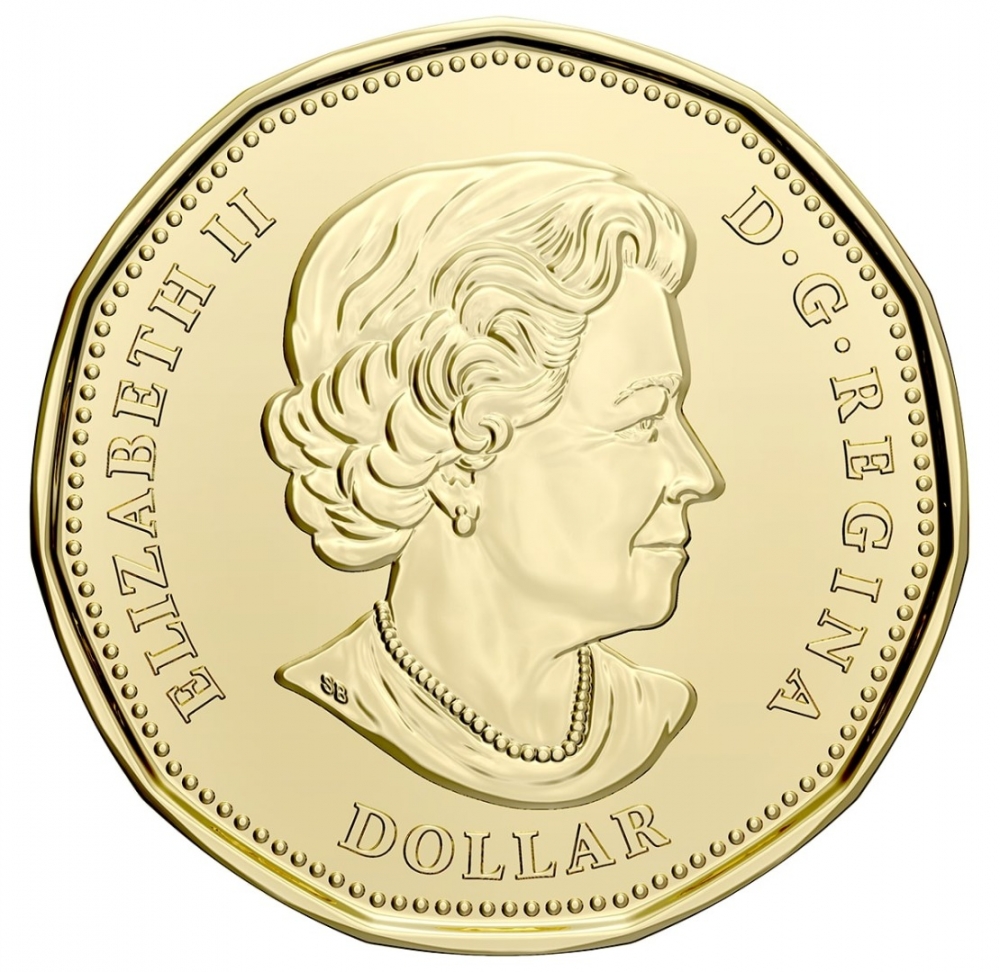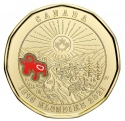You are about to finish your registration. Please check your mailbox (including spam folder). There should be a letter with a confirmation link. Check setting to make sure that your e-mail address is correct.
Send letter againDescription
The Klondike Gold Rush was a migration by an estimated 100,000 prospectors to the Klondike region of Yukon, in north-western Canada, between 1896 and 1899. Gold was discovered there by local miners on August 16, 1896; when news reached Seattle and San Francisco the following year, it triggered a stampede of prospectors. Some became wealthy, but the majority went in vain. It has been immortalized in films, literature, and photographs.
To accommodate the prospectors, boom towns sprang up along the routes. At their terminus, Dawson City was founded at the confluence of the Klondike and Yukon rivers. From a population of 500 in 1896, the town grew to house approximately 30,000 people by summer 1898. Built of wood, isolated, and unsanitary, Dawson suffered from fires, high prices, and epidemics. Despite this, the wealthiest prospectors spent extravagantly, gambling and drinking in the saloons.
In the summer of 1899, gold was discovered around Nome in west Alaska, and many prospectors left the Klondike for the new goldfields, marking the end of the Klondike Rush. The boom towns declined, and the population of Dawson City fell. Gold mining production in the Klondike peaked in 1903 after heavier equipment was brought in. Since then, the Klondike has been mined on and off, and today the legacy draws tourists to the region and contributes to its prosperity.
Obverse

|
Fourth portrait of HM Queen Elizabeth II, when she was 77 years old, facing right and surrounded by the inscription. Date below. ELIZABETH II D·G·REGINA |
|---|---|
Reverse

|
Depicts the gold discovery that set off the Klondike Gold Rush. Under the shining sun, Keish (“Skookum” Jim Mason), Shaaw Tlàa (Kate Carmack), Kàa Goox (Dawson Charlie) and George Carmack can be seen panning for gold at the edge of Gàh Dek (Rabbit Creek/Bonanza Creek). A powerful symbol of cultural revitalization, the pictorial symbol for Ëdhä Dädhëchą (Moosehide Slide) appears on the opposite side of the creek and represents the Tr’ondëk Hwëch’in and their deep, abiding connection to the land. CANADA |
| Edge |
1 Dollar
4th portrait, Loonie
KM#
Characteristics
| Type | Commemorative Issue (Circulating) |
| Material | Brass Plated Steel |
| Weight | 6.27 g |
| Diameter | 26.5 mm |
| Thickness | 1.95 mm |
| Shape |
|
| Sides | 11 |
| Alignment | Medal |
| Mint |
Royal Canadian Mint (Maple Leaf)
|
Related coins
125th Anniversary of the Klondike Gold Rush



